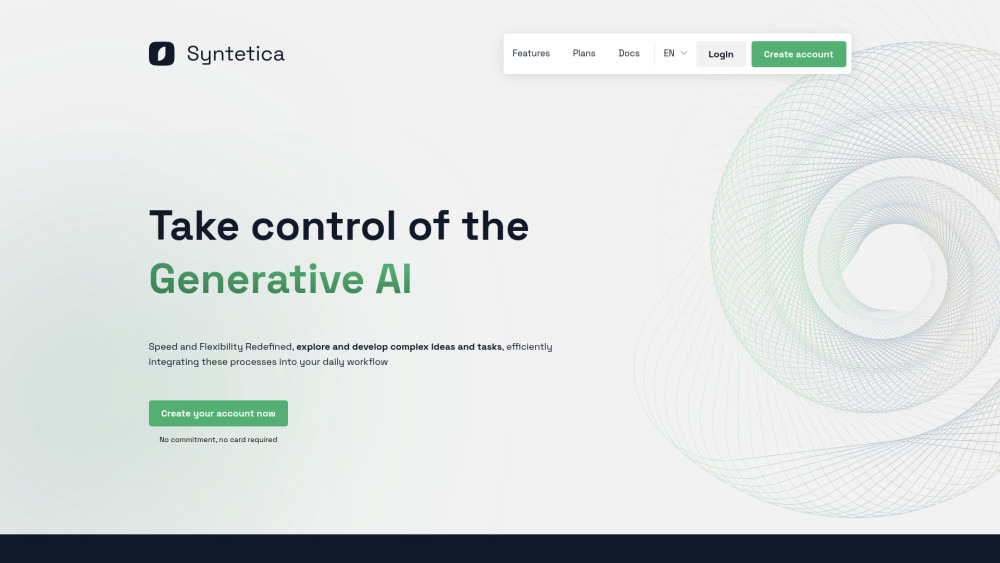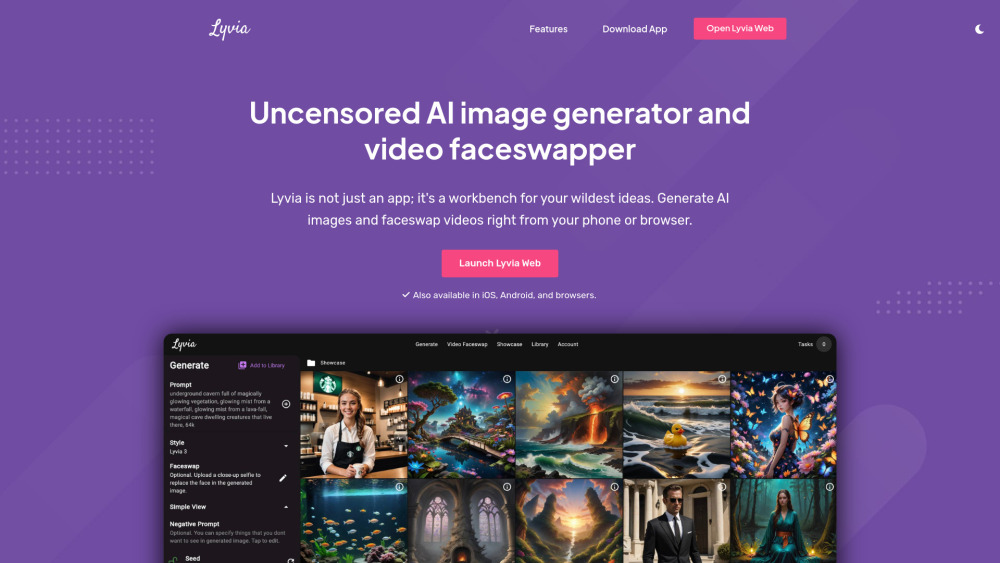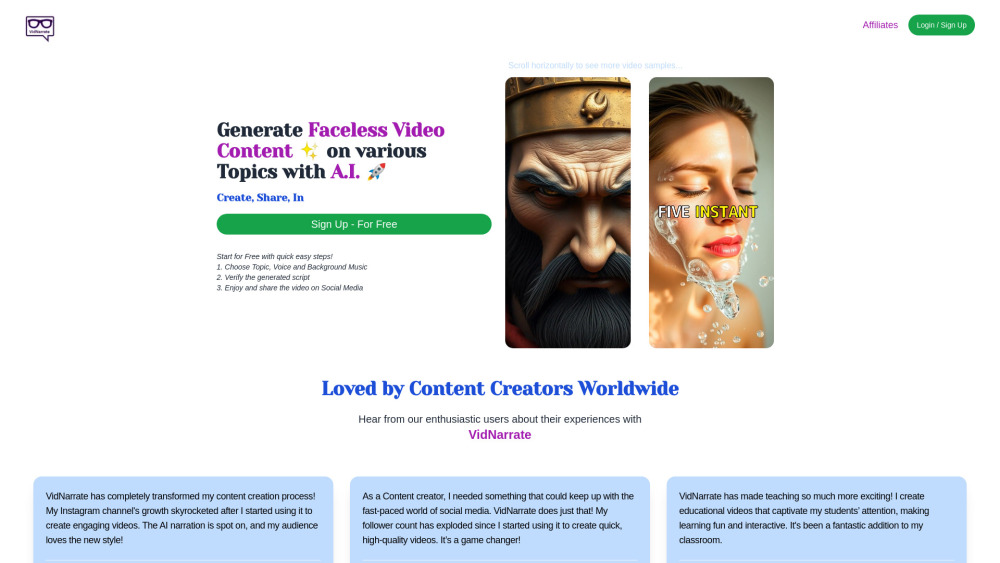UniAnimate: Taming Unified Video Diffusion Models for Consistent Human Image Animation
Product Information
Key Features of UniAnimate: Taming Unified Video Diffusion Models for Consistent Human Image Animation
UniAnimate achieves superior synthesis results over existing state-of-the-art counterparts in both quantitative and qualitative evaluations, and can generate highly consistent one-minute videos.
Unified Video Diffusion Model
Maps the reference image along with the posture guidance and noise video into a common feature space.
Unified Noise Input
Supports random noised input as well as first frame conditioned input, enhancing the ability to generate long-term video.
Temporal Modeling Architecture
An alternative temporal modeling architecture based on state space model to replace the original computation-consuming temporal Transformer.
Use Cases of UniAnimate: Taming Unified Video Diffusion Models for Consistent Human Image Animation
Generating highly consistent one-minute videos by iteratively employing the first frame conditioning strategy.
Enabling efficient and long-term human video generation.
Improving the quality of video generation and animation.
Pros and Cons of UniAnimate: Taming Unified Video Diffusion Models for Consistent Human Image Animation
Pros
- Achieves superior synthesis results over existing state-of-the-art counterparts.
- Can generate highly consistent one-minute videos.
- Enables efficient and long-term human video generation.
Cons
- May require significant computational resources.
- May require expertise in video generation and animation.
How to Use UniAnimate: Taming Unified Video Diffusion Models for Consistent Human Image Animation
- 1
Utilize the CLIP encoder and VAE encoder to extract latent features of the given reference image.
- 2
Employ a pose encoder to encode the target driven pose sequence and concatenate it with the noised input.
- 3
Feed the concatenated noised input into the unified video diffusion model to remove noise.







